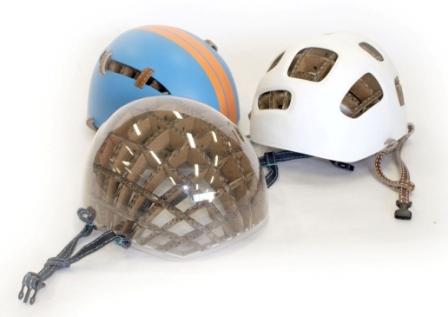MIPS helmet technology
When I was on honeymoon in New Zealand a few years ago we gatecrashed (politely asked if we could join in) a symposium at the University of Otago entitled “Technologies in Sport: Performance, Bodies and Ethics”. Probably not most people’s idea of a good use of honeymoon but luckily my spouse is as much of a geek as me. One of the most striking things I learnt was about brain injuries, particularly in boxers, from Dr Andrew Pipe (now at the University of Ottawa and previously involved with the inception of WADA – World anti-Doping Agency) who told me that some of the most dangerous brain injuries are rotational rather than direct ie. a glancing blow to the side of the head that spins it rather than a straight on impact. These rotational forces cause shear forces in the brain which can be extremely dangerous. I’ve had this in the back of my mind since then (especially when skiing and biking) and so this helmet technology from Swedish company MIPS caught my attention. It seems that the basic principle is to dissipate rotational forces by having a low-friction layer between the outer shell and inner of the helmet. This mechanism imitates the brain’s own means of protecting itself ie the cerebrospinal fluid that surrounds the brain and is itself a low-friction layer between the brain and the skull. A neat bit of biomimicry.
The finite element model of a human head to the left shows the strain in the brain when wearing a helmet with MIPS technology on the right and a standard helmet on the left. The more red in the image the higher the strain in the brain and the higher the chance of injury to the brain.
Website link: MIPS – How it works


